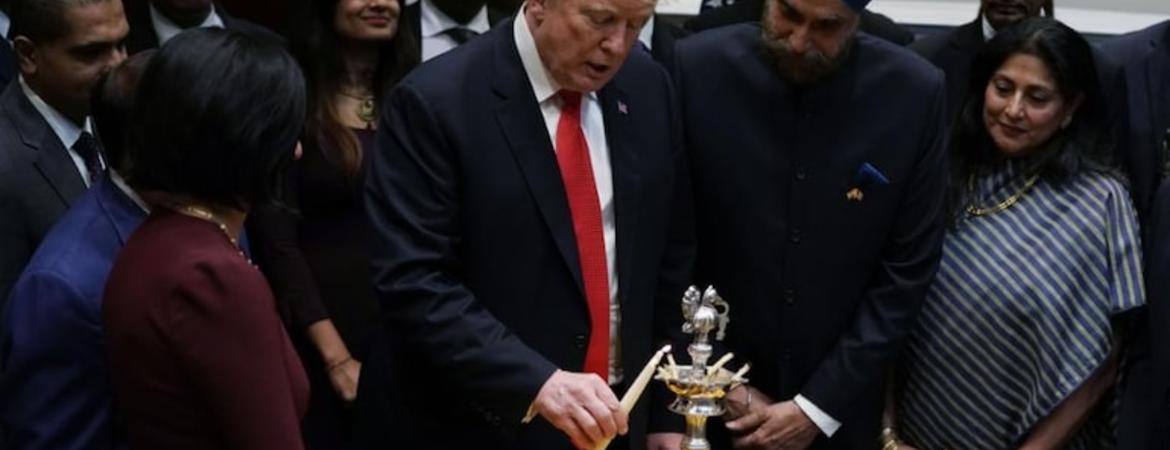Center for Social Innovation

Indian Americans are being actively courted by both the Republican and the Democratic parties as election day nears in the United States, November 3. The group, which has traditionally been overlooked as a political constituent, is among the fastest-growing segment of voters in the country. Asian Americans, more generally, comprise a record 4.7 per cent of those eligible to vote in the coming presidential election. But they are not a monolithic group and have different voter registration and turnout patterns.
So far, Indian Americans have consistently fared well when it comes to registering as well as turning out to vote. In 2016, Indian Americans had the highest rate of voting at 62 per cent along with the Japanese among the Asian electorate. In 2018, during the US mid-terms, voter turnout had jumped to 47 per cent from 24 per cent in 2014. In the 2016 presidential election, the group came out in large numbers in favour of the Democratic candidate, Hillary Clinton.
However, according to Asian American and Pacific Islanders (AAPI) Data, a group that publishes demographic data of the Asian American electorate, the eligible number of Indian American voters in hotly contested states (according to opinion polls) are 87,000 in Florida, 45,000 in Michigan, 57,000 in Georgia and 161,000 in Texas. The AAPI population grew more than 40 per cent between 2012 and 2018 in these states, which was triple the pace for all residents in each state. The largest group among the AAPI were Indian Americans.
The founding director of AAPI Data, Karthick Ramakrishnan, has written that the speeches of Kamala Harris and Nikki Haley at the Democratic and Republican National Conventions, respectively, were a testament to the growing clout of the group. Still, it is highly unlikely that Haley, who invoked her Indian heritage in her remarks at the RNC, was going to be able to sway voters. Decades of political research, he wrote, have found it nearly impossible to sway partisan voters. Since Indian Americans have so strongly voted in favour of Democratic candidates or the party, it is unlikely they would vote for Trump this election in sizeable numbers.